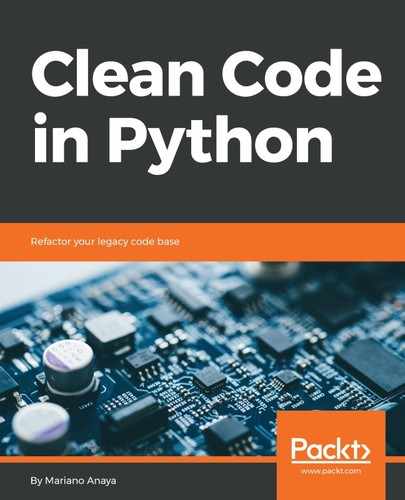Maybe our object does not define the __iter__() method, but we still want to be able to iterate over it. If __iter__ is not defined on the object, the iter() function will look for the presence of __getitem__, and if this is not found, it will raise TypeError.
A sequence is an object that implements __len__ and __getitem__ and expects to be able to get the elements it contains, one at a time, in order, starting at zero as the first index. This means that you should be careful in the logic so that you correctly implement __getitem__ to expect this type of index, or the iteration will not work.
The example from the previous section had the advantage that it uses less memory. This means that is only holding one date at a time, and knows how to produce the days one by one. However, it has the drawback that if we want to get the nth element, we have no way to do so but iterate n-times until we reach it. This is a typical trade-off in computer science between memory and CPU usage.
The implementation with an iterable will use less memory, but it takes up to O(n) to get an element, whereas implementing a sequence will use more memory (because we have to hold everything at once), but supports indexing in constant time, O(1).
This is what the new implementation might look like:
class DateRangeSequence:
def __init__(self, start_date, end_date):
self.start_date = start_date
self.end_date = end_date
self._range = self._create_range()
def _create_range(self):
days = []
current_day = self.start_date
while current_day < self.end_date:
days.append(current_day)
current_day += timedelta(days=1)
return days
def __getitem__(self, day_no):
return self._range[day_no]
def __len__(self):
return len(self._range)
Here is how the object behaves:
>>> s1 = DateRangeSequence(date(2018, 1, 1), date(2018, 1, 5))
>>> for day in s1:
... print(day)
...
2018-01-01
2018-01-02
2018-01-03
2018-01-04
>>> s1[0]
datetime.date(2018, 1, 1)
>>> s1[3]
datetime.date(2018, 1, 4)
>>> s1[-1]
datetime.date(2018, 1, 4)
In the preceding code, we can see that negative indices also work. This is because the DateRangeSequence object delegates all of the operations to its wrapped object (a list), which is the best way to maintain compatibility and a consistent behavior.
